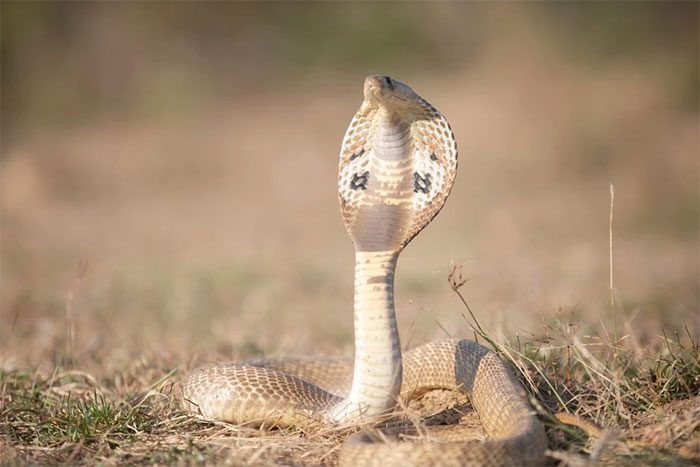UK Scientists Discover New Measures to Reduce Deaths and Disabilities from Snake Bites.
According to the World Health Organization (WHO), 140,000 people die each year worldwide from venomous snake bites, with an additional 400,000 survivors living with disabilities. Despite the seriousness of this issue, it is often overlooked by the public.
A team of scientists from the University of Exeter in the UK has devised measures to address this problem. They surveyed 535 residents of Tamil Nadu in India.

Some venomous snake bites can be fatal within minutes if not treated immediately. (Photo: Pixabay).
This area frequently experiences snake bites, and India is home to many highly venomous snakes such as the Indian cobra and the Russell’s viper.
Through the survey, the research team identified several steps that could minimize the dangers of snake bites.
These steps include enhancing education about snakes for communities living in high-risk areas; continuing to raise awareness of the ecological role of snakes as well as the ability to distinguish between venomous and non-venomous species, helping to reduce fear and danger when encountering snakes.
The research team also proposed trial periods for implementing new preventive measures in the community. They suggested researching specific barriers within each context, as well as evaluating the costs and benefits of unrecognized snake bite prevention measures.
Concurrently, scientists are also expanding research on venomous snakes and the factors that encourage the adoption of preventive measures.
The study revealed that more than half of the population had utilized government-recommended snake prevention guidelines, such as keeping homes tidy and using lights when going out at night. However, 41% of the population employed unproven preventive measures, including using salt, garlic, turmeric, or bleach as snake repellents.
In the event of a snake bite, to minimize fatalities, individuals can follow these precautions:
- Limit the movement of the victim.
- Attempt to transport the victim by vehicle or with assistance, and never allow the victim to move unaided.
- Apply measures such as bandaging the entire bitten area with elastic bandages to restrict blood flow to the heart temporarily, and then transport the victim to the nearest medical facility.
- Absolutely do not cut or suck the bite wound, especially for viper bites, as this can lead to dangerous bleeding.
The scientists emphasize that snake bite prevention measures must be tailored to the needs of the local population to ensure widespread application. The solution to reducing fatalities from snake bites lies in a combination of education and action.
Education raises public awareness about snakes, changes behaviors, and reduces the risk of snake bites. Ultimately, equipping people with protective and medical measures helps minimize danger when bitten by a snake.


















































